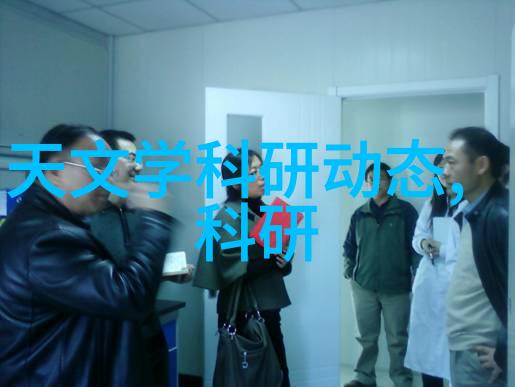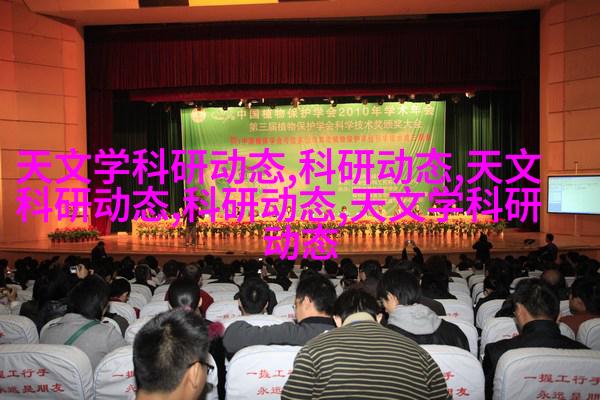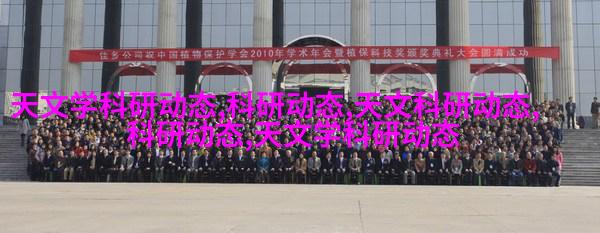在中国,尤其是南方地区,夏季常常伴随着漫长的雨季,这对建筑行业带来了巨大的挑战。雨季施工不仅要面对恶劣的天气条件,还需要采取一系列特殊措施来确保工程安全和质量。本文将探讨如何在雨季中进行有效的施工,并提供一些实用的施工措施。

首先,我们需要理解在雨季进行施工时所面临的问题。土壤湿度增加、地基稳定性下降、材料吸水性能差以及人员安全问题都是必须考虑到的因素。在这样的环境下,如果没有合理的规划和实施,很容易导致工程延期甚至失败。
为了应对这些问题,我们可以从以下几个方面出发:

施工前准备工作
在进入雨季之前,建设单位应该提前做好各项准备工作。这包括制定详细的天气预报计划,对可能出现的问题进行风险评估,并制定相应的应急方案。此外,还需检查并维护所有机械设备,以保证它们能够在湿润或潮湿条件下正常运作。

地基处理与基础设施设计
在设计和实施地基处理过程中,要特别注意防止积水,从而避免由于地下水上涌或者表土过多吸水而引起的地基变形。在基础设施设计阶段,可以采用沉管排水系统或其他专门用于排除地下积水的手段来解决这个问题。

材料选择与管理
选择适合于潮湿环境下的建筑材料非常关键。例如,在选用混凝土时,应当使用耐渗透型混凝土以减少潜入式损害;对于木材结构,则需使用防腐剂处理,以抵抗霉菌和蛀虫等自然侵蚀。而且,在存储材料时,要确保它们保持干燥,不受直接暴露于阴凉处或高湿环境中的影响。

安全保障措施
工作现场的人员安全是一个至关重要的话题。在雨季施工期间,由于道路滑倒风险加大、电线杆生锈易断等原因,因此必须加强安全教育培训,让每位工人都明白如何保护自己,以及遇到突发事件时该怎样迅速行动。此外,还要设置明显标识警示区域,如有积雪则清除,以防溜冰事故发生,同时为重型机械提供专门路径以减少路面的压力,使之不会因为泥泞造成车辆陷入泥坑或轮胎脱离轨迹的情况。
施工技术创新应用
随着科技进步,一些新颖的建造技术也被推广应用,如可调节密度的大理石混凝土,它具有良好的耐渗透性;还有利用泡沫板作为填充层,它可以帮助提高结构体积同时减轻载重压力。此外,也有一些实验性的方法如使用生物活性矿物质改善灰浆固化速度及强度,但这些技术还需要进一步研究验证后才能广泛应用。
应急响应机制建立
最终,无论多么周密的计划,都难免会遇到不可预见的情况。因此,在项目开始前就建立一个完善的心灵抚慰中心(心理咨询室)以及紧急医疗服务点,为身心疲惫的人员提供支持。此外,对于重大事故发生后的一般紧急情况,要立即启动救援流程,并迅速通知相关部门协助处理事宜,同时采取必要措施控制现场危险源,最小化伤害扩散范围并尽量恢复秩序,有组织地撤离受影响区域内的人员到安全地点避难,而不是盲目冒险去救援,这是最基本也是最重要的一环,是任何灾难管理体系不可缺少的一个部分之一
综上所述,rainy season construction measures are a set of comprehensive strategies that must be carefully planned and executed to ensure the safety and quality of building projects during the rainy season in China, especially in southern regions where rainfall is more frequent and heavy.
By focusing on preparation, material selection, infrastructure design, workforce training, technological innovation, emergency response planning, and crisis management systems, construction teams can minimize risks associated with wet weather conditions while maintaining project timelines and budgets.
In conclusion, rain-induced challenges cannot be underestimated when it comes to building projects in tropical regions like China's south during the monsoon season; however with careful planning and execution of specific measures tailored to these conditions - such as waterproofing materials usage - many issues related to site stability may be mitigated or eliminated altogether.
Moreover by incorporating innovative technologies into their arsenal for managing these issues effectively through better understanding how water affects soil properties & structural integrity within structures built upon them will significantly reduce risk factors tied directly back into potential problems which arise due mainly from improper handling techniques employed without proper thought towards long term sustainability alongside environmental impact considerations not being adequately addressed prior implementation decisions were made before considering consequences linked indirectly via externalities connected directly too both sides impacting each other equally yet differently depending contextually speaking!



